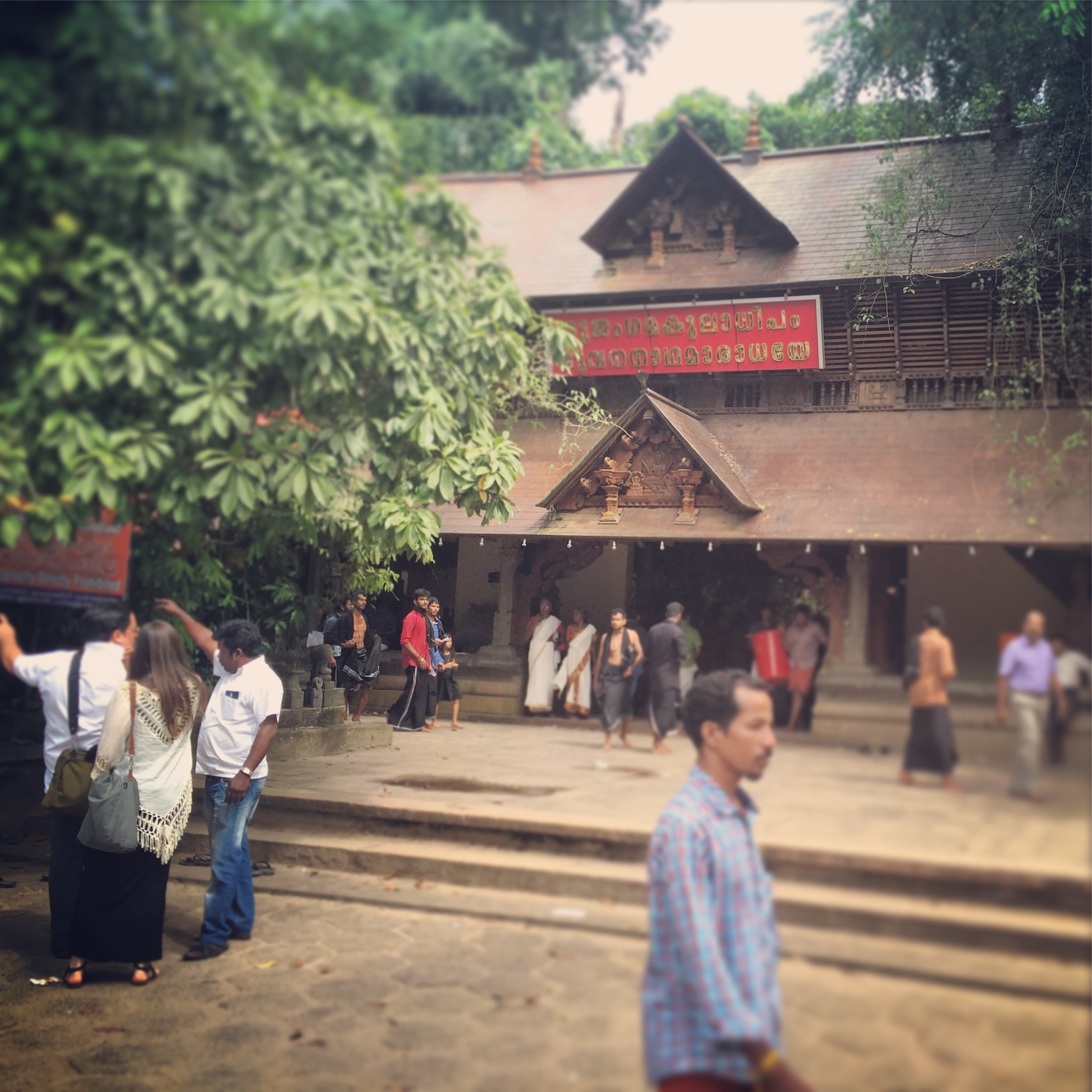Recently I have been working with the NAGA or snake deities, and have been drawn to understand more deeply the meaning behind the great power of their symbology.
Naga translates from the ancient Sanskrit as Snake. Snake worship is one of the most primordial and mysterious practices of the world, important across the continents and the ages. In each culture and civilization the meaning and symbology of the snake is specific. But there is a universal root to these mythologies which is based in nature. That shared root sheds light upon the essential energy of the snake archetype, and it's meaning and function in our lives. The Naga also has very specific importance in Yogic and Tantric thought.
We can understand some of the meaning contained within this worship through analyzing the symbols and archetypes associated with the Naga.
The Snake is a creature who sheds it's own skin, rebirthing itself and becoming anew, over and over again. Because of this rebirthing process, the snake is cross-culturally associated with transmutation and the healing and transformation process. The snake is a symbol of this earthly regeneration, and is also closely linked to the element of water through the waterways in which it can be found. The element of water is linked to Prema, or Love, which is one of the three root cosmic forces within the universe from a Yogic perspective (the other two being Prana or Energy, and Jyoti or Light). Prema, Love, is the force of cohesion, and that which binds the cosmos together. The snake is also an extremely powerful creature, who with a single strike can poison it's prey. The serpent, mysterious, majestic, beautiful, and powerful, is interwoven with these concepts and the deep histories of our world.
Aside from the symbology of the creature, the Naga are also said to be an extremely ancient Indian race of legendary mythological and archetypal beings intimately associated with the cobra. The Naga race were said to have lived close to the earth, or underground, and said to have built an advanced civilization. They were also said to possess superhuman powers, be the keepers of a secret and esoteric knowledge, and because of this they could be dangerous.
The coiled snake is also the symbol for the divine feminine Kundalini Shakti that lies dormant at the root of the spine. Like the cobra, the Kundalini Shakti is a powerful energy that when released into the body can give experiences of great majesty and ecstasy, but when un-tempered and without direction or guidance can be dangerous, as the Naga can be dangerous. Awakening can be a profound, beautiful, and at times terrifying and arduous process, as transformation is.
Through all of this investigation and research I became aware of the Nav Naga Stotra. The Nav Naga Stotra is a hymn to these great archetypal beings, and this most mysterious and powerful energy existing within us all as The Great Goddess of Kundalini Shakti.
In my understanding, singing the Nav Naga Stotra gives protection from the darker forces at play within the world, and within our selves. We can sing the Nav Naga Stotra to integrate the shadow nature as we expand into pure one-ness and open into our own inner knowing. The Stotra also serves to protect us from ignorance and darkness, and from the roots of our own poison. As all great mystical teachings tell us, the power that each of us contains is much greater then we fully understand. And so, given this, we should respect this power, as it can also be the source of our own undoing.
I found very few recordings of this hymn online, and so I created my own in order to learn it, imperfect as it is. The underscore is created by the incomparable Cory Neale for a previous performance.
The Stotra repeats 9x. It is suggested that the Stotra be sung in the morning, as well as evening if there is time.
may you experience great beauty, and protection, all along your transformative journey...
Om Namah Shivaya
अनंतं वासुकीं शेषं पद्मनाभं च कंबलम्
शंखपालं धृतराष्ट्रं च तक्षकं कालियं तथा
एतानि नव नामानि नागानाम् च महात्मन:
सायंकाले पठेन्नित्यं प्रात:काले विशेषत:
तस्य विषभयं नास्ति सर्वत्र विजयी भवेत्
Nav Naga Stotra
Anantam Vasukim Shesham Padmanabham Cha Kabalam
Shankhapalam Dhritarashtram Cha Takshakam Kaliyam Tatha
Etani Nava Namani Naganam Cha Mahatmanah
Sayankale Pathennityam Pratahkale Visheshatah
Tasya Vishabhayam Nasti Sarvatra Vijayi Bhavet




